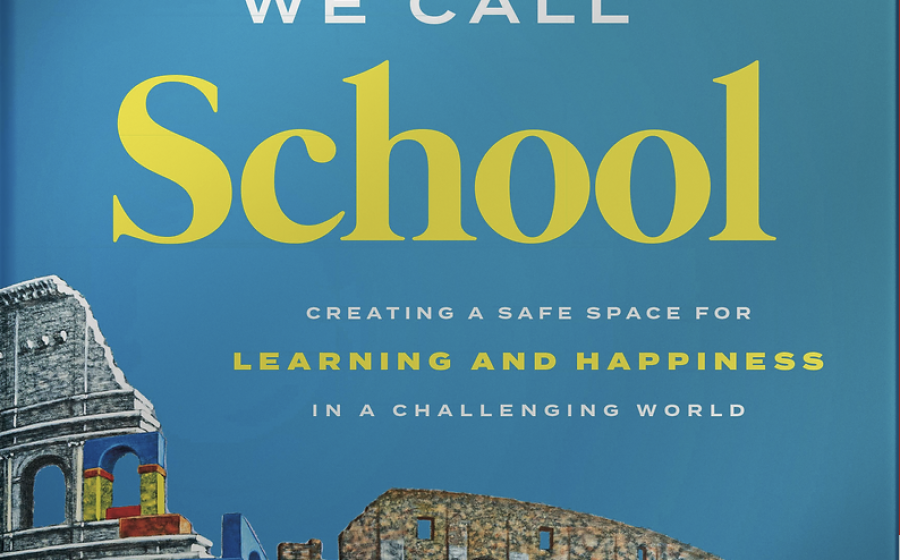Heart Month 2024: Professional Football Player Tackles Atrial Fibrillation and Stroke with Help from Cardiac Monitoring
(NewsUSA) - For professional athletes, being at your physical best and pushing your body to its limits is often what it takes to achieve success on the field. When a player is struggling to catch their breath in the middle of a game, an undiagnosed heart condition isn’t the first thing that comes to mind, but that was the case for Ogmedi “OG” Nwagbuo.
- For professional athletes, being at your physical best and pushing your body to its limits is often what it takes to achieve success on the field. When a player is struggling to catch their breath in the middle of a game, an undiagnosed heart condition isn’t the first thing that comes to mind, but that was the case for Ogmedi “OG” Nwagbuo.
Hailing from San Diego, OG was selected for his home team’s professional football team as an undrafted free agent. Within weeks of joining the team, OG earned himself a starting role on the team’s defensive line.
Then, in one particular game playing in Denver, Colorado, OG just didn’t feel right. While it’s common for players to have difficulty adjusting to the high altitude in Denver, what OG felt was different. OG had an overwhelming feeling of dizziness, lightheadedness, and shortness of breath. Despite these symptoms, his vitals appeared normal when evaluated by team doctors. “I remember thinking, ‘I just have to fight through this.’ I knew something was wrong, but nobody could pinpoint what was causing it.”
 The symptoms OG experienced throughout his entire professional football career took nearly a decade to be diagnosed. Doctors eventually suspected a heart condition – identified to be atrial fibrillation, or AFib – which is caused by extremely fast and irregular beats. AFib can also cause blood to pool and form clots which can lead to stroke.
The symptoms OG experienced throughout his entire professional football career took nearly a decade to be diagnosed. Doctors eventually suspected a heart condition – identified to be atrial fibrillation, or AFib – which is caused by extremely fast and irregular beats. AFib can also cause blood to pool and form clots which can lead to stroke.
OG was prescribed a variety of medications, often taking eight pills a day to manage his symptoms. In 2021, a few weeks out from his scheduled cardiac ablation, OG experienced an AFib induced stroke. After recovering, doctors recommended that OG receive a long-term continuous heart monitor so they could better manage his medication regimen and have consistent visibility into his heart condition. OG received the Medtronic LINQ II™ insertable cardiac monitor (ICM), which is placed just underneath the skin in the chest and continuously monitors the heart for up to several years. The ICM provides heart information that helps his care team better manage his AFib.
With the additional peace of mind knowing his heart is being continuously monitored, OG lives an active life and enjoys spending quality time outdoors with his teenage son. “I feel better now than I did when I was playing football professionally,” said OG. “Whether I’m doing yoga or coaching my son’s football team, I’m thankful to be here, and can hopefully be a good role model for others.”
OG’s story is like so many others who feel like they just have to fight through unusual symptoms. Whether you’re a professional athlete or just looking to keep up an active lifestyle, it’s important to understand when your body is trying to tell you something. The first step is understanding potential signs and symptoms of AFib so that you can talk to your doctor, and if needed, find the right treatment and management plan for this common heart condition.
Warning Signs
While AFib can look different from person to person, common symptoms include:
Heart sensations, sometimes called palpitations, which may include irregular, thumping, or pounding heartbeats
A feeling the heart is racing
Chest discomfort or pain
Fainting or lightheadedness
Fatigue, shortness of breath, or weakness
Treating and Managing
Once diagnosed with AFib, treatment options can include:
Medication, known as antiarrhythmic drugs, is one form of treatment to prevent and treat irregular heart rhythms. However, these drugs don’t work for half of people who take them.
Minimally invasive ablation procedure is another form of treatment, to help break up the electrical signals that cause irregular heartbeats.
Your doctor might also recommend an insertable heart monitor (ICM), such as the LINQ™ family of ICMs, that watches your heart continuously and can monitor any AFib episodes.
To learn more about the LINQ family of ICMs, visit: https://www.medtronic.com/us-en/patients/treatments-therapies/insertable-heart-monitors/getting-monitor.html
Always talk to your doctor about risks, diagnosis, and treatment information.
Possible risks associated with the implant of the LINQ™ Family ICMs include, but are not limited to, infection at the surgical site, device migration, erosion of the device through the skin and/or sensitivity to the device material. For important safety information, see: https://www.medtronic.com/us-en/patients/treatments-therapies/insertable-heart-monitors/getting-monitor/important-safety-information.html.



 - The federally funded program provides no-cost vaccines to eligible children
- The federally funded program provides no-cost vaccines to eligible children 
 - Want to learn more about the latest innovations in artificial intelligence that will propel the United States forward as a leader in emerging technology?
- Want to learn more about the latest innovations in artificial intelligence that will propel the United States forward as a leader in emerging technology?
 - There is no shortage of challenges in schools today—from bullying to gun violence and beyond—yet The Magical Place We Call School by Dr. Kathleen Corley reminds us of the extraordinary things that still happen in classrooms across America and that school truly can be a safe and happy place for learning.
- There is no shortage of challenges in schools today—from bullying to gun violence and beyond—yet The Magical Place We Call School by Dr. Kathleen Corley reminds us of the extraordinary things that still happen in classrooms across America and that school truly can be a safe and happy place for learning.  Dr. Corley’s 40 years of classroom wisdom as a teacher and school principal span different beliefs about learning, different styles of education and discipline, different environments, societal issues and cultural norms.
Dr. Corley’s 40 years of classroom wisdom as a teacher and school principal span different beliefs about learning, different styles of education and discipline, different environments, societal issues and cultural norms.  - Heart disease is the leading cause of death in the United States – 1 in 5 people die from it each year, even though it is largely preventable. Research shows that many Americans will likely develop some form of heart disease,
- Heart disease is the leading cause of death in the United States – 1 in 5 people die from it each year, even though it is largely preventable. Research shows that many Americans will likely develop some form of heart disease, - La enfermedad cardíaca es la principal causa de muerte en los Estados Unidos: 1 de cada 5 personas muere a causa de ella cada año, a pesar de que en gran medida se puede prevenir. Las investigaciones muestran que es probable que muchos estadounidenses desarrollen algún tipo de enfermedad cardíaca,
- La enfermedad cardíaca es la principal causa de muerte en los Estados Unidos: 1 de cada 5 personas muere a causa de ella cada año, a pesar de que en gran medida se puede prevenir. Las investigaciones muestran que es probable que muchos estadounidenses desarrollen algún tipo de enfermedad cardíaca,


